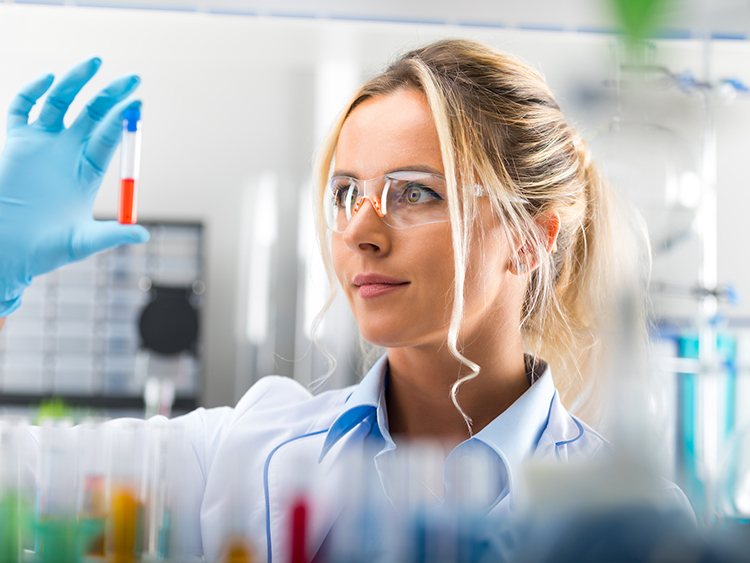RNA and protein derived from EVs can be easily and quickly extracted without using an ultracentrifuge. The easy-to-handle spin column type simplifies the work, which can be expected to reduce variability and ensure reproducibility.
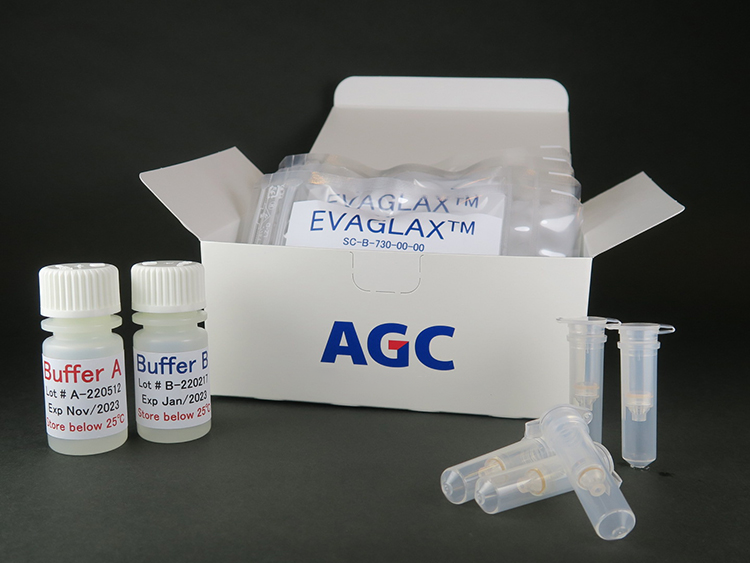
Applications
- Extraction of exosome-derived biomarkers for early diagnosis and treatment selection
- Biomarker discovery and basic exosome research
- Body fluids (serum, plasma, urine, etc.) and cell supernatants can be used
Features
- Three-dimensional porous glass technology with precisely controlled pore size
- Coating technology that does not adhere contaminant proteins
- Isolate EVs easily and quickly (15 min)
- Size separation enables you to capture bias-free EVs
Key technology
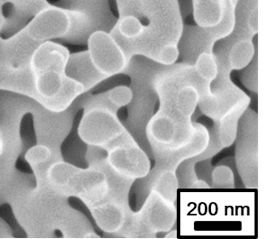
Precisely controlled porous glass pore size helps you capture EV-sized particles selectively. By coating the surface of the filter with a non-adhesive protein material, you can refrain from the adsorption of contaminant proteins, such as albumin. In addition, you can obtain highly pure EVs inside the filter by combining them with a washing reagent.
Protocol overview
- Pretreatment
Pretreat the specimen with a 0.22 μm syringe filter.
- EVs capture
- Washing
- Extraction
Input sample (100-500uL) into the column and centrifuge for 10min.
Load the washing reagent into the column and centrifuge for 5 min.
Extract RNA and protein from the column using commercially available extraction reagents, and proceed to analysis.
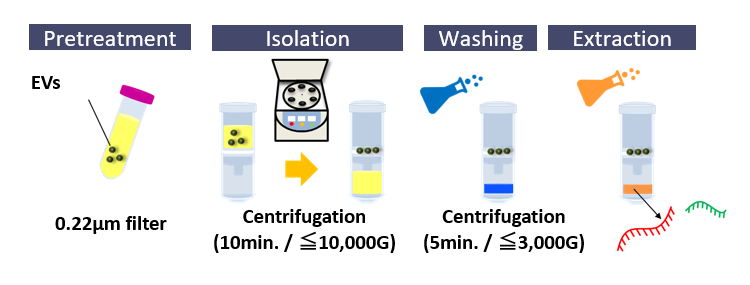
Data example
Exosomal protein markers and purity
EVAGLAX wash buffer A enabled us to obtain CD9 intensity and protein purity equivalent to ultra centrifugation (UC).※
- AGC’s survey
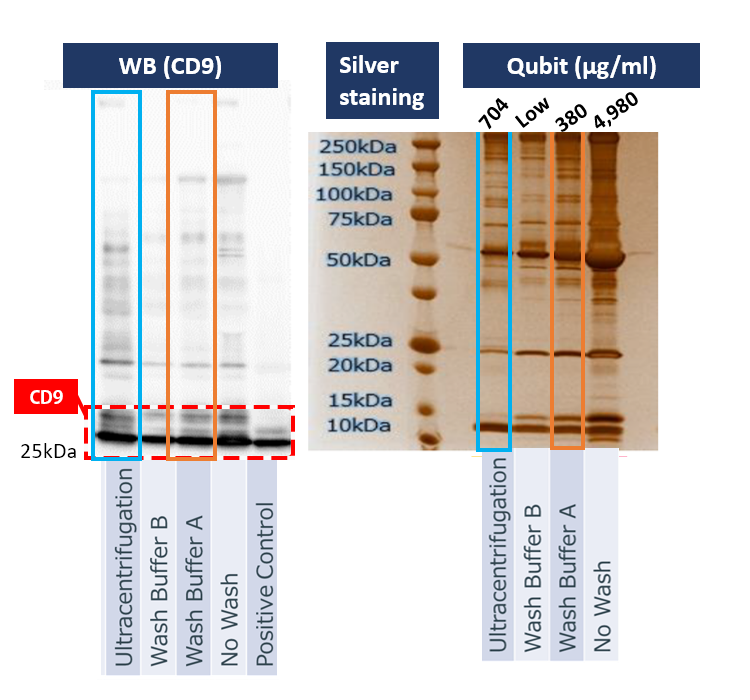
Evaluation of exosomal miRNA concentration
Total RNA concentrations equivalent to the ultracentrifugal method have been obtained under EVAGLAX wash buffer A conditions.※
- AGC’s survey

Protocol link
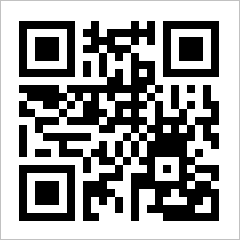
You can watch videos on Youtube. Please read the two-dimensional code or press the link.
Document download
Product Inquiries & Information Requests


